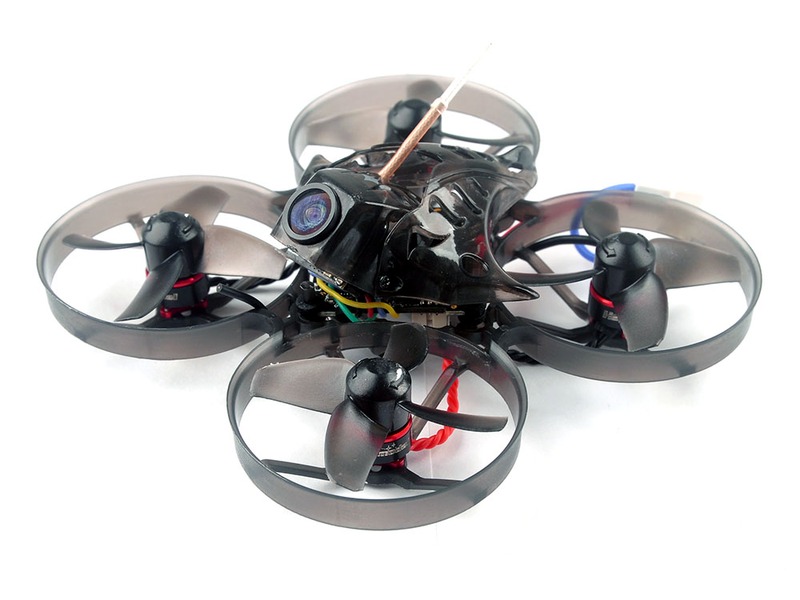What voltage should you stop flying FPV?

The answer to this question depends on the type of FPV (first-person view) flying you are doing, as well as the type of battery you are using. Generally speaking, it is recommended that you stop flying FPV when the voltage of your battery drops below 3.3 volts per cell. This is because at this voltage, the battery is considered to be at a critically low level and the risk of damaging your battery, or worse, causing a crash increases exponentially.
If you are flying with lithium-polymer (LiPo) batteries, it is important to note that these batteries should never be discharged below 3.0 volts per cell, as this can cause permanent damage to the battery, rendering it unusable. LiPo batteries also have a maximum voltage, which is typically around 4.2 volts per cell. Going above this voltage can also result in permanent damage to the battery, so it is important to keep an eye on your battery’s voltage and not exceed the recommended maximum.
When flying FPV, it is also important to be aware of the amount of current that is being drawn from your battery. It is recommended that you limit the amount of current draw to a maximum of 80% of the battery’s maximum capacity. For example, if your battery is rated at a maximum of 10 amps, then it is recommended that you do not draw more than 8 amps from the battery. This will ensure that your battery is not overstressed and will help to prolong its life.
Finally, it is important to consider the type of environment you are flying in. In general, it is recommended that you do not fly FPV in windy conditions or in areas with a lot of dust or debris, as this can affect the performance of your battery and can cause it to drain faster than normal. Additionally, it is important to check the temperature of your battery before and after each flight, as extreme temperatures can also affect the performance of your battery.
In conclusion, the best answer to the question “What voltage should you stop flying FPV?” is 3.3 volts per cell. This is the general recommendation for LiPo batteries and will help to ensure that your battery is not overstressed and that you are not putting yourself or your equipment at risk. Additionally, it is important to keep an eye on the current draw from your battery, as well as the environmental conditions, to ensure that your battery is performing at an optimal level.
Comments / Question
2. Consider the size of the drone and the weight of the payload.
3. Use a watt meter to measure the current draw of each component.
4. Calculate the total current draw of all components.
5. Select a battery with a capacity that is greater than the total current draw.
6. Use a voltage meter to check the voltage of the battery before each flight.
7. Monitor the voltage of the battery during the flight and land if it drops below a safe level.
8. Choose the highest voltage that is safe for the components and the environment.
2. Reduced noise: Lower voltages will reduce the noise generated by the motors, allowing for quieter flying.
3. Reduced heat: Lower voltages will reduce the amount of heat generated by the motors, allowing for cooler flying.
4. Increased maneuverability: Lower voltages will provide more precise control over the aircraft, allowing for more precise maneuvers.
5. Increased safety: Lower voltages will reduce the risk of damaging the aircraft or its components, making it safer to fly.
1. Increased risk of fire or explosion due to higher current draw.
2. Increased risk of damage to the battery, motor, and other components due to higher voltage.
3. Increased risk of electric shock due to higher voltage.
4. Increased risk of interference with other radio signals due to higher frequency.
5. Increased risk of damage to the FPV camera or other sensitive electronics due to higher voltage.
2. Make sure to use the appropriate connectors and wiring for the voltage being used.
3. Ensure that all components are properly insulated and protected from short circuits.
4. Make sure to use the appropriate battery for the voltage being used.
5. Make sure to use the appropriate propellers for the voltage being used.
6. Make sure to use the appropriate ESCs for the voltage being used.
7. Make sure to use the appropriate motors for the voltage being used.
8. Make sure to use the appropriate camera for the voltage being used.
9. Make sure to use the appropriate video transmitter for the voltage being used.
10. Make sure to use the appropriate antennas for the voltage being used.

